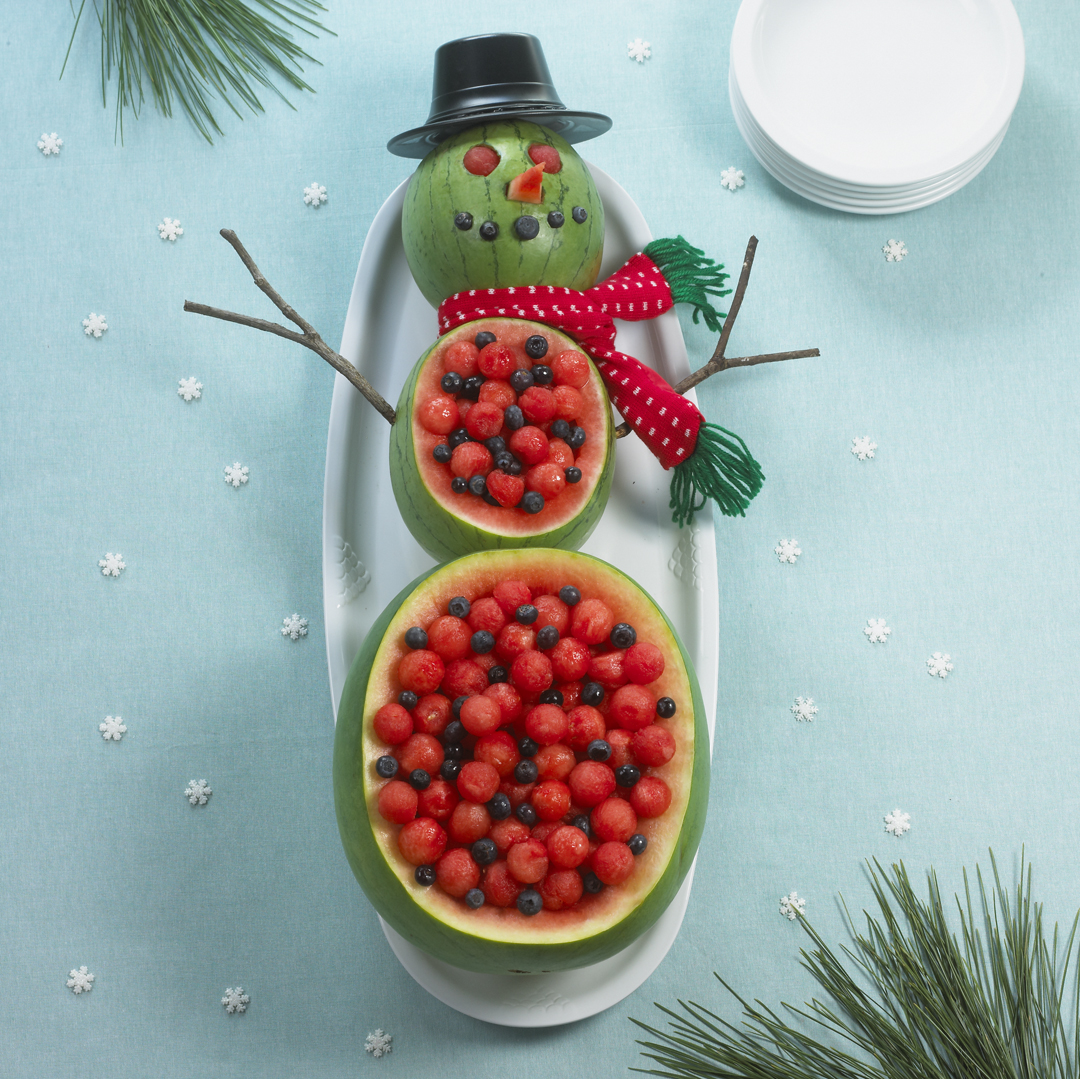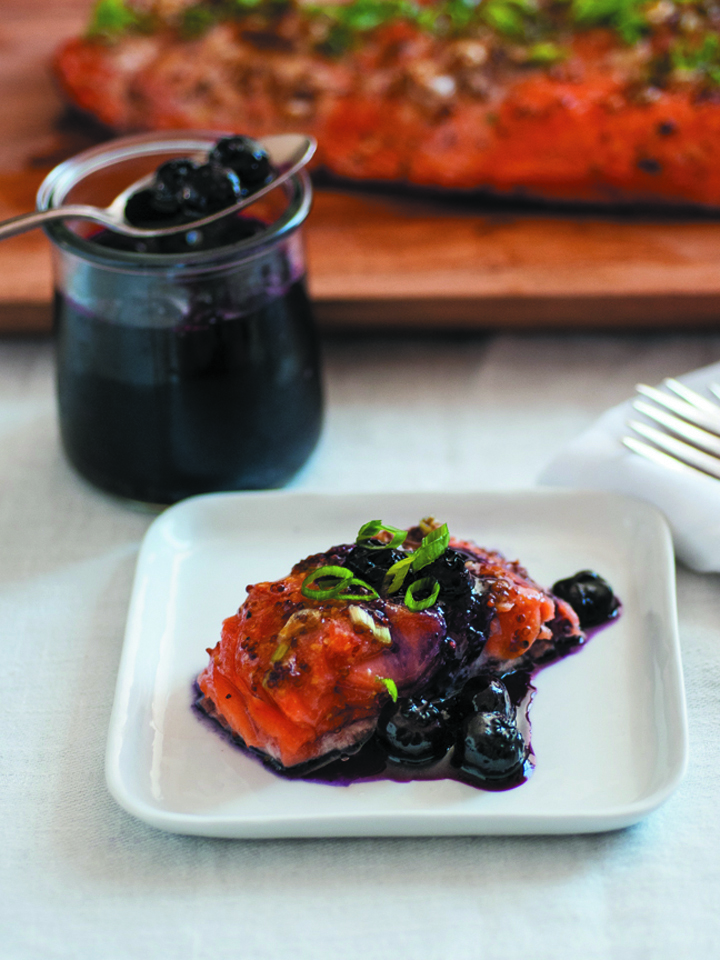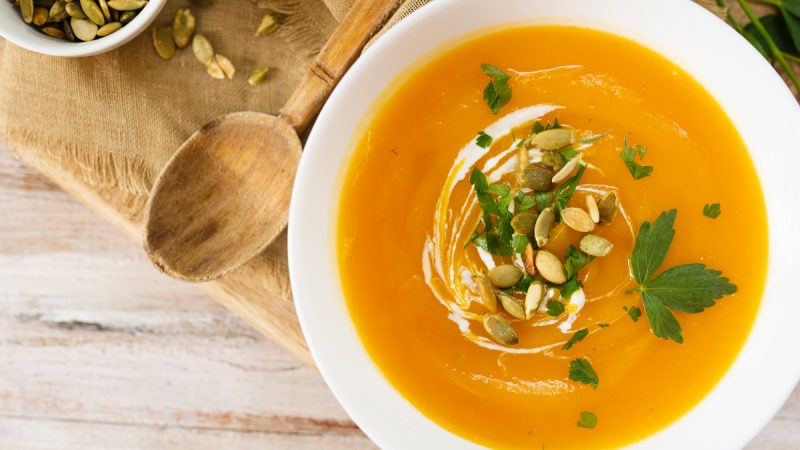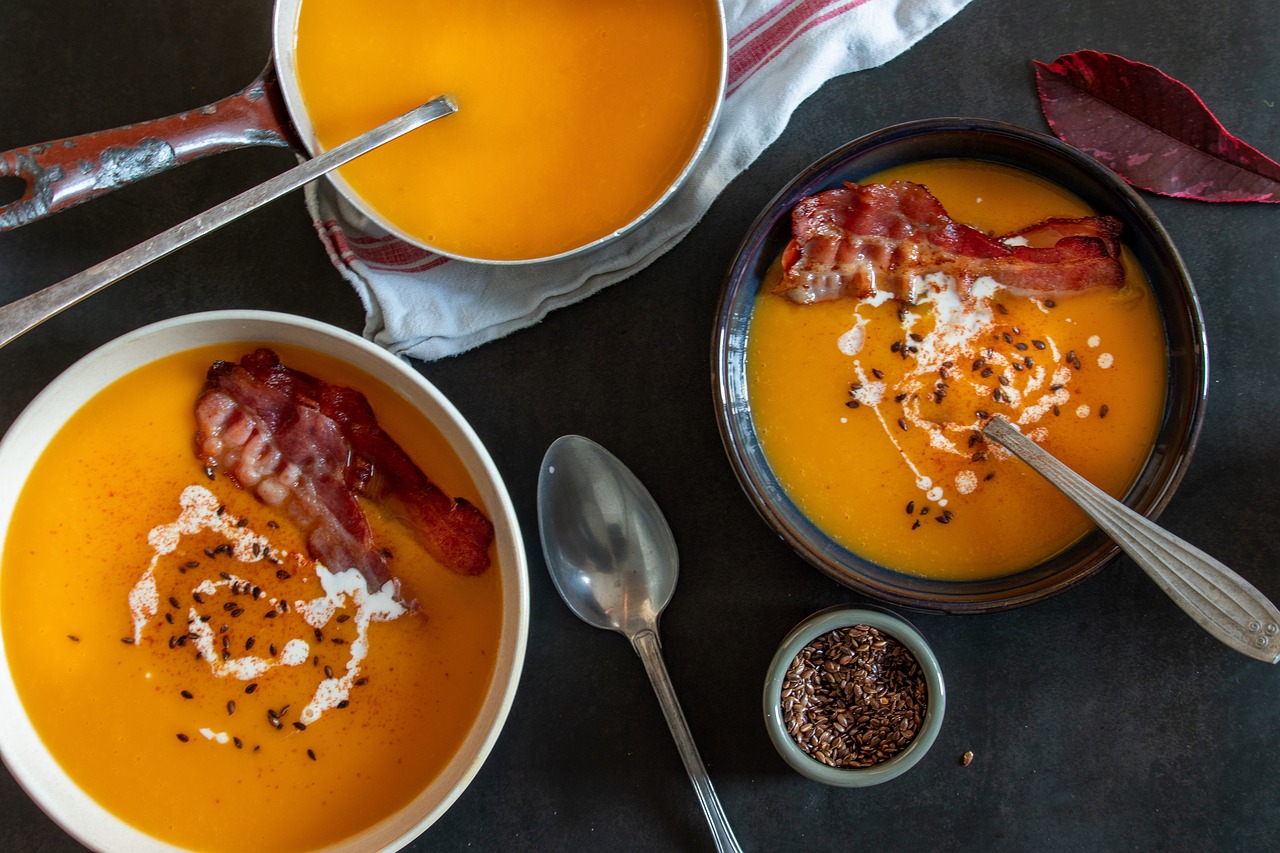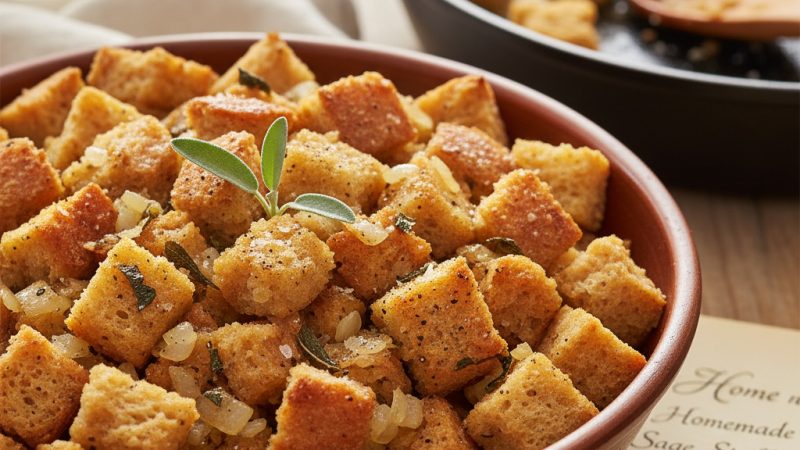Revisiting The Chowder Pot
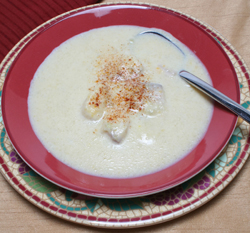
A rich-flavored chowder has a place at a health-conscious table. You can lose the excess fat and calories without sacrificing the full-bodied taste of this classic comfort food soup in winter.
Coastal regions around the world each have their own special fish soups. Marseille has bouillabaisse, sweet-and-sour fish soups are found in Southeast Asia and conch chowders are common in the West Indies and Caribbean islands. Along the eastern coast of the United States, chowder is an American classic.
Chowder in the United States began as a dense, filling soup made with clams or fish such as cod, often thickened with crackers and sometimes containing potatoes. It hasn’t changed much since the colonists first made it that way. Depending on where it is served, chowder can be pale and creamy – the New England custom – or “Manhattan style,” a broth-based soup heavily laced with diced tomatoes. But it is the classic, creamy version – relying on lots of cream – that presents some health challenges.
However, New England-style chowder can easily be updated to reduce fat and calories. Low-fat milk can replace artery-clogging cream, and puréed potatoes or other vegetables, like butternut squash, can give the soup rich body. The puréed squash (carrots or even sweet potatoes can be used) tints the chowder a delicate shade of pale coral.
There is another bonus of using extra vegetables in any hearty soup: healthful fiber, vitamins and minerals, and the cancer-fighting phytochemicals found only in plant-based foods.
Squash is full of such health-promoting substances. One quarter of a butternut squash provides an entire day’s worth of vitamin A, plus a healthy dose of vitamin C, iron, calcium and fiber. The rich orange color of winter squash signals the presence of the protective phytochemicals called carotenoids, which are thought to help fight cancer and enhance immunity.
In the following recipe, the squash joins other vegetables and herbs to produce a chowder rich in everything that makes a one-pot entrée hearty, satisfying and healthful.
Vegetable and Fish Chowder
Makes 4 servings.
- 1/2-1 Tbsp. canola oil
- 1/2 cup finely chopped onion
- 2 medium stalks celery, diced
- 1-2 cloves garlic (or to taste), minced
- 2 cups reduced-fat (2%) milk
- 1 cup potatoes, peeled and diced
- 2 cups butternut squash, peeled and 1 bay leaf
- 1 lb. fish fillet cut in 3/4 inch pieces
- 1/2 tsp. dried thyme
- 1/2 tsp. dried marjoram
- Salt and freshly ground white pepper
- Paprika for garnish
In a heavy, deep pan, heat the oil over low-medium heat. Add the onion, celery and garlic into the oil and cook for about 5 minutes, stirring occasionally, until soft, translucent and pale gold. Add milk, potatoes, squash and bay leaf. Bring to a boil over high heat, then immediately reduce heat to a gentle simmer. Partially cover with a lid and simmer about 15 minutes, or until vegetables are tender but not falling apart. With a slotted spoon, transfer squash to a blender. Add a small amount of liquid from the pan. Purée until completely smooth. Transfer mixture back to the pan. Add thyme, marjoram and fish. Simmer gently until seafood is just barely cooked through, being careful seafood does not overcook. Remove from the heat. Add salt and pepper, if desired. Remove the bay leaf and ladle chowder into individual bowls. Garnish with a light sprinkling of paprika.
Per serving: 257 calories, 5 g. total fat (2 g. saturated fat), 27 g. carbohydrate, 26 g. protein, 4 g. dietary fiber, 143 mg. sodium.
The Author:
The American Institute for Cancer Research (AICR) is the cancer charity that fosters research on the relationship of nutrition, physical activity and weight management to cancer risk, interprets the scientific literature and educates the public about the results. www.aicr.org.

